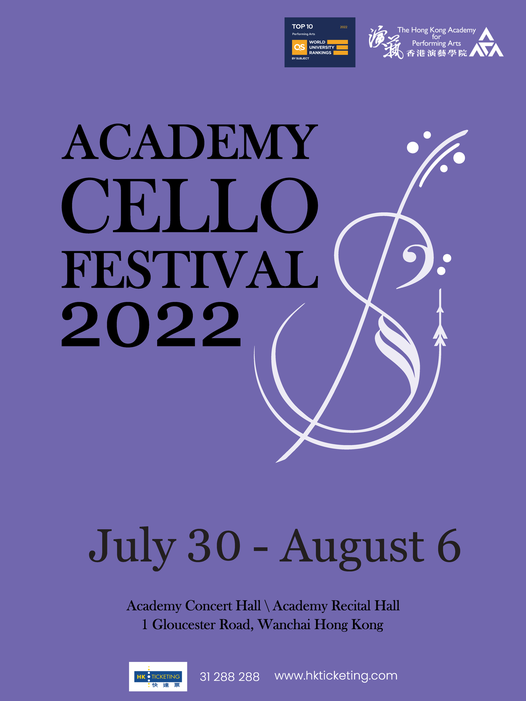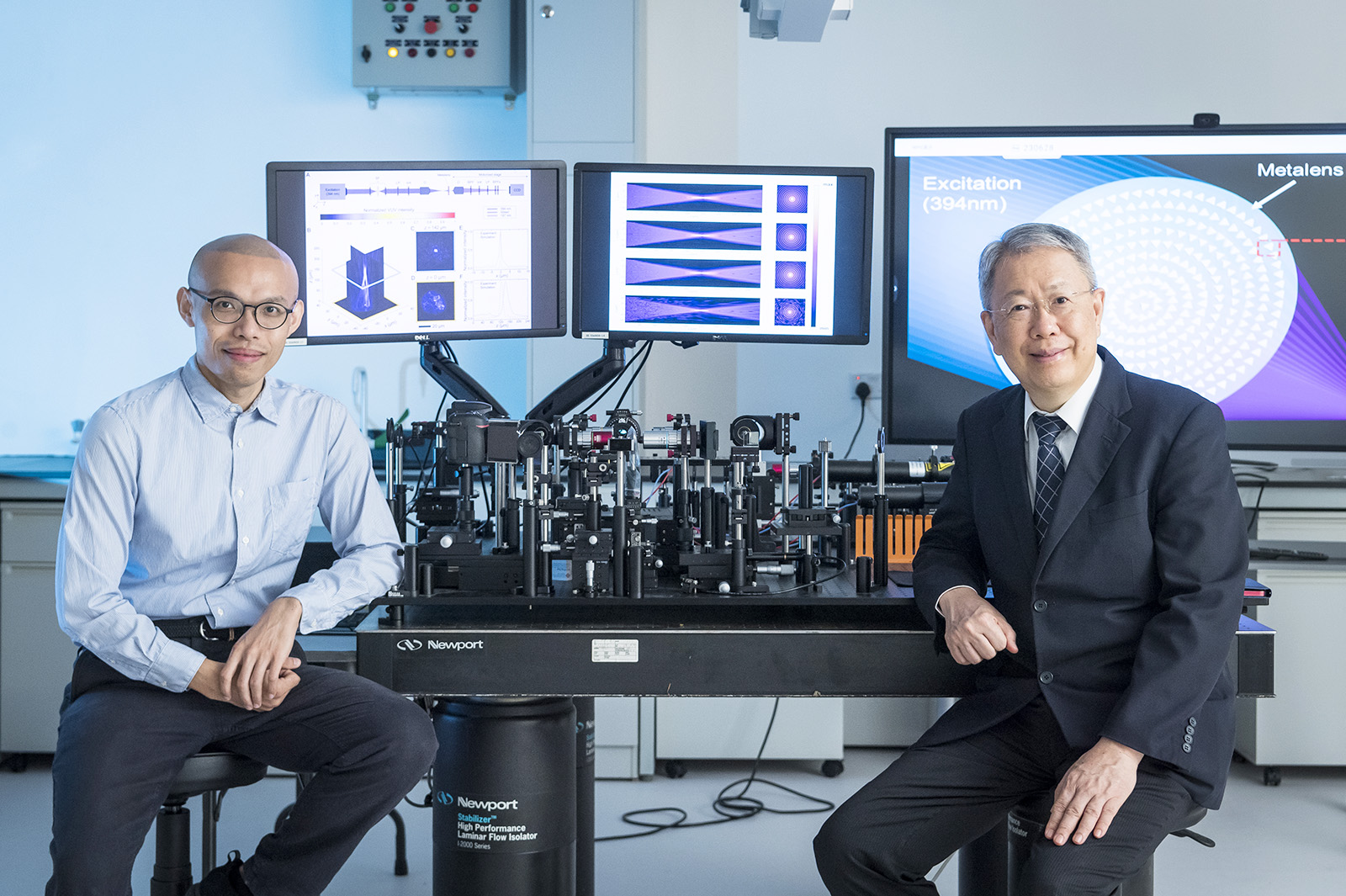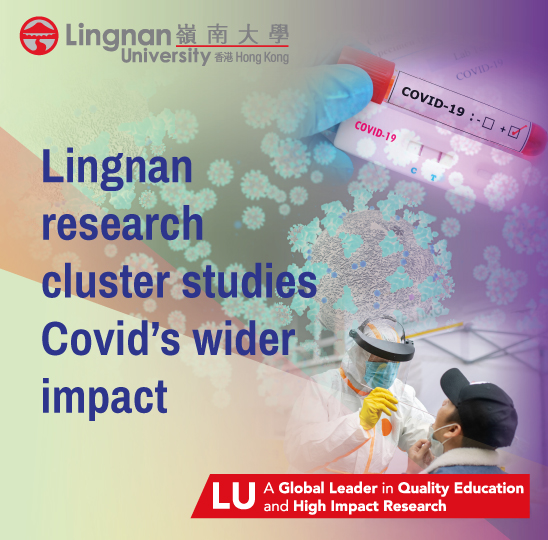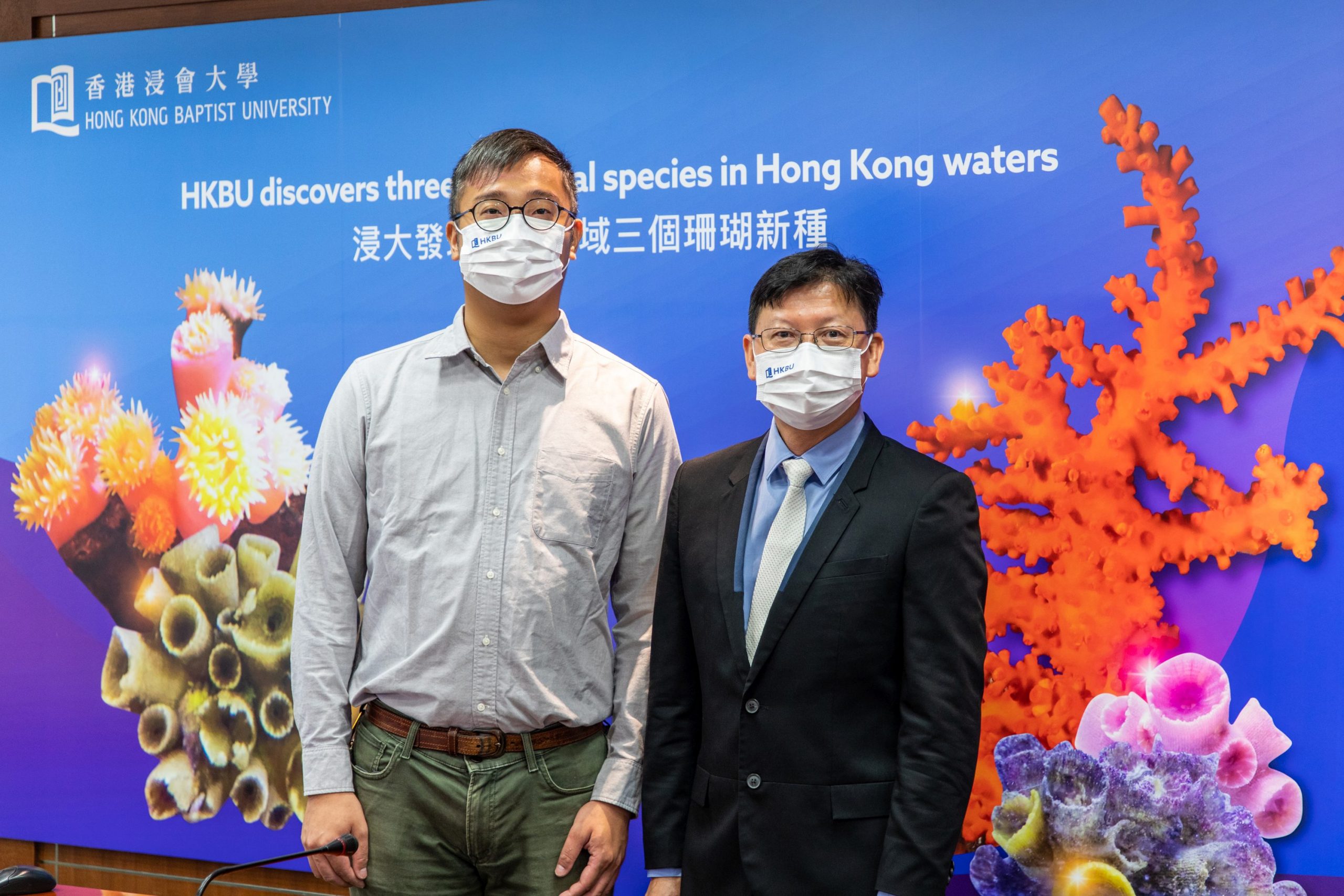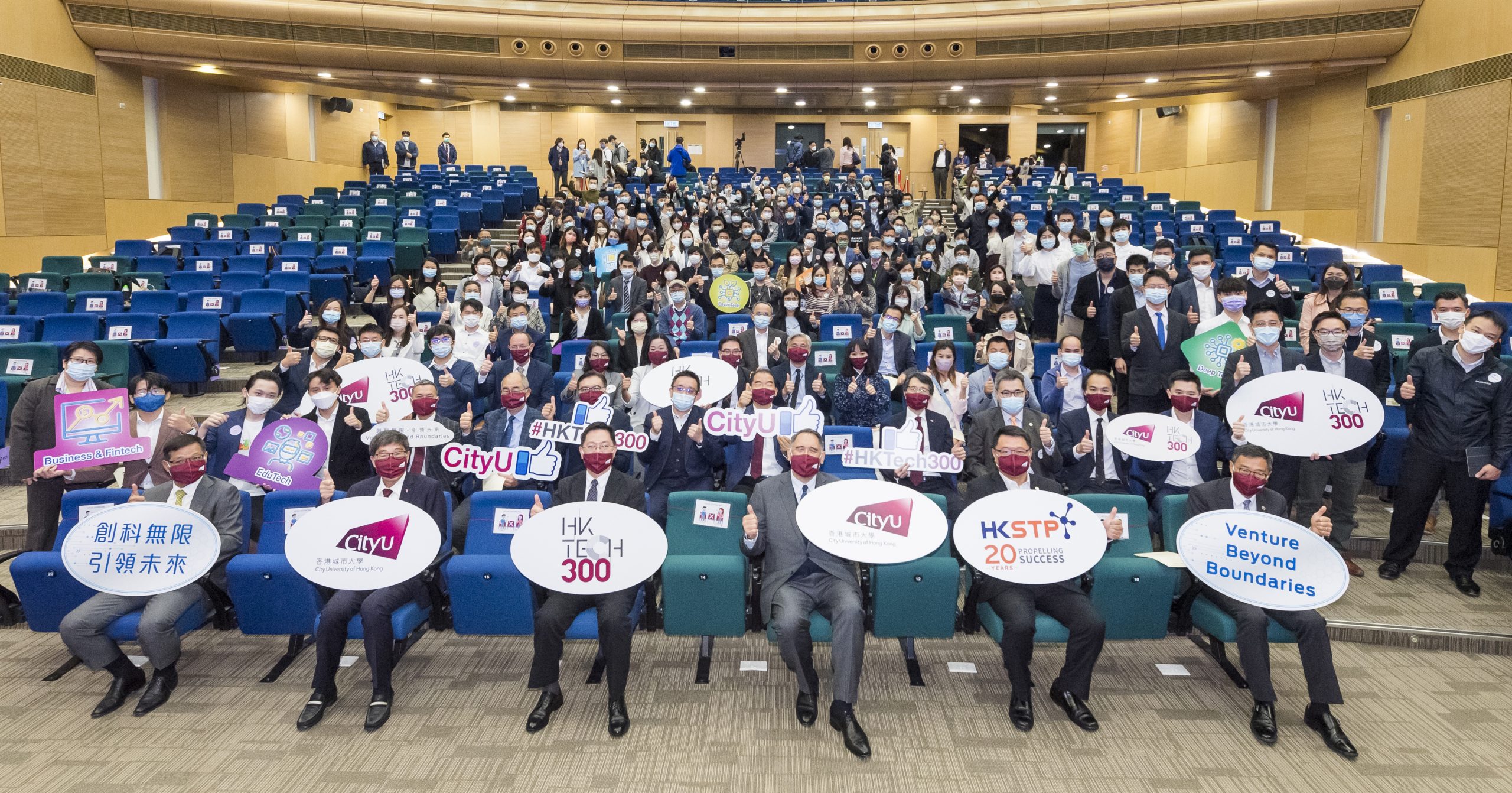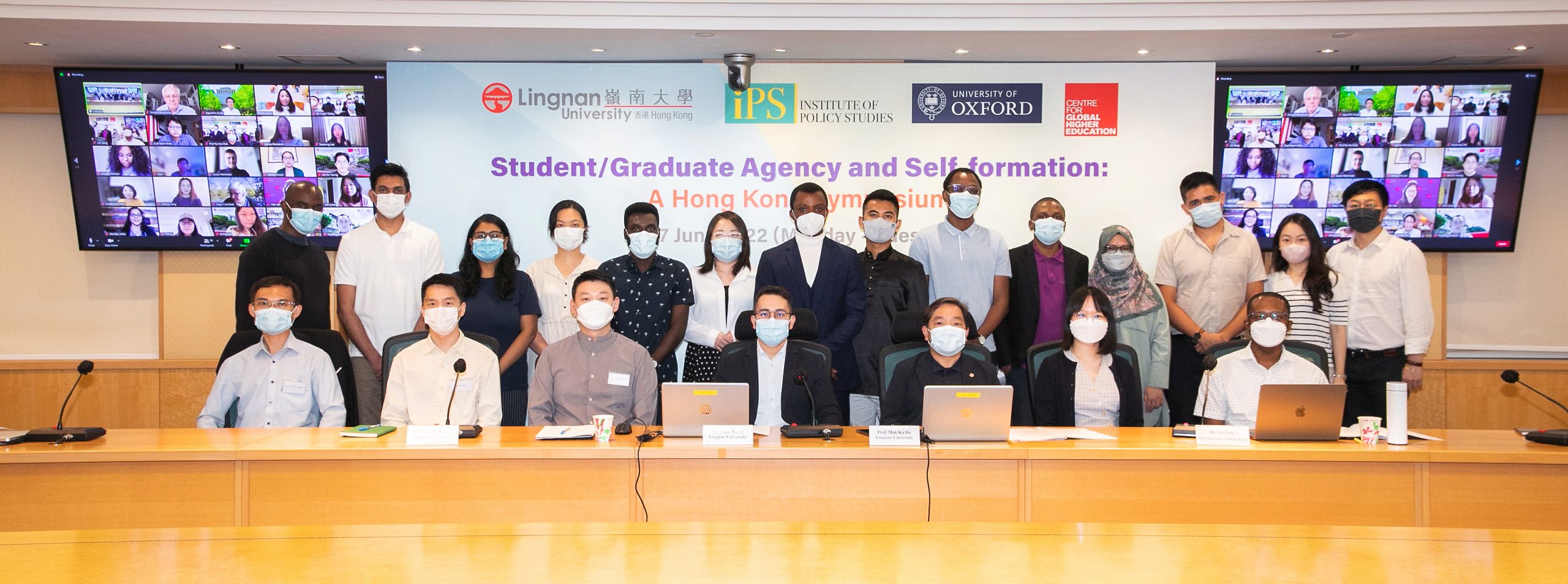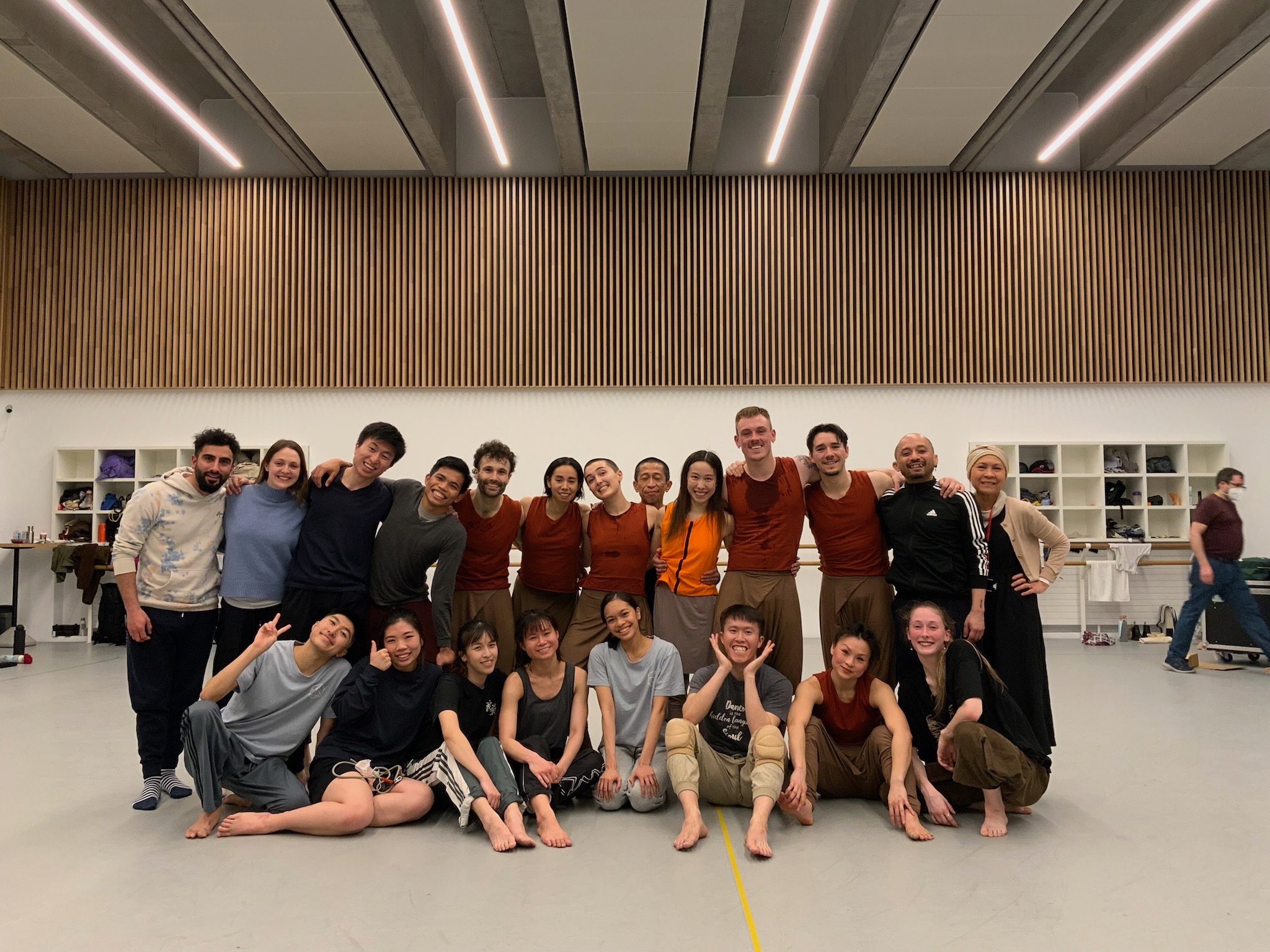In early June, a symposium organised jointly by Lingnan University’s Institute of Policy Studies, and the University of Oxford’s Centre for Global Higher Education (CGHE), examined the emerging field of student agency and self-formation in higher education.
In general, the existing literature has emphasised higher education’s role in human capital creation. By contrast, the symposium drew attention to the active role of students, emphasising their agency and identifying higher education as a process of reflexive self-formation.
Around 100 participants were in attendance, both on-site at the Lingnan University Campus in Hong Kong, and online. The event highlighted, yet again, the value Lingnan University places on nurturing international, inter-university collaborative partnerships throughout all its activities. The University has already developed an extensive, and growing, network of links that stretches out, not only across Greater China, but around the globe.
Setting the scene
After the distinguished speakers and all those participating had been welcomed by the symposium’s primary organiser, Lingnan’s Dr Yusuf Ikbal Oldac, Professor Simon Marginson, Director of the CGHE, underlined the importance of supporting students in developing their own agency. “What we are attempting to do is position the notion of student centred-ness more effectively, to ground it more effectively, and move from the notion of a consumer, with the weak power of a consumer, to a strong, self-educating agent,” he said.
In his introduction to the event, Lingnan Vice-President Professor Joshua Ka Ho Mok hailed the significance of this symposium in encouraging collaborative research in the field. “We have speakers from universities in eight regions or countries, including, but not exclusive to, the UK, the US, Hong Kong, China, Japan, Turkey, Australia and Switzerland. This demonstrates the importance of international cooperation,” he said.
Tackling universal questions and identifying cultural differences
A range of important topics were covered in the symposium’s four sessions.
Proceedings began with a conceptual discussion on self-formation which opened with two illuminating presentations. First, GCHE member Ms Soyoung Lee, set out her belief that more empirical and conceptual development was required as a basis for research in this field. Then, Dr Lili Yang, of the University of Hong Kong’s Faculty of Education, compared the Confucian xiushen (self-cultivation) and German Bildung perspectives on student formation in Higher Education, and advocated adopting a combination of their complementary aspects.
Along with sessions on the agency and self-formation of international students, and on student agency and engagement, the symposium included a discussion on employability. In her presentation in this session, Dr Thanh Pham from Australia’s Monash University described the way in which the type of agency graduates’ could exert was dependent on the career stage they were at, and the scale of external support and resources available to them.
Next, Dr Weiyan Xiong of Lingnan University’s School of Graduate Studies, noted the sharp rise in unemployment among Mainland graduates, and looked at obstacles to student, and graduate, self-formation. Based on his research Dr Xiong pointed to culture-related obstacles, such as gender stereotyping and family pressures, as the most problematic challenges to be tackled.
Please click here to review the highlights of the Symposium.




